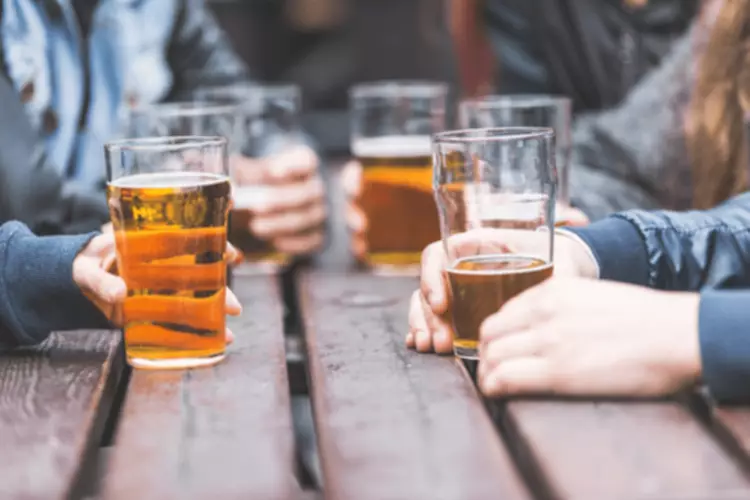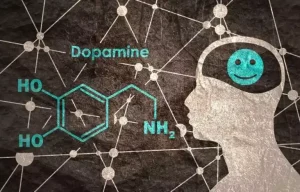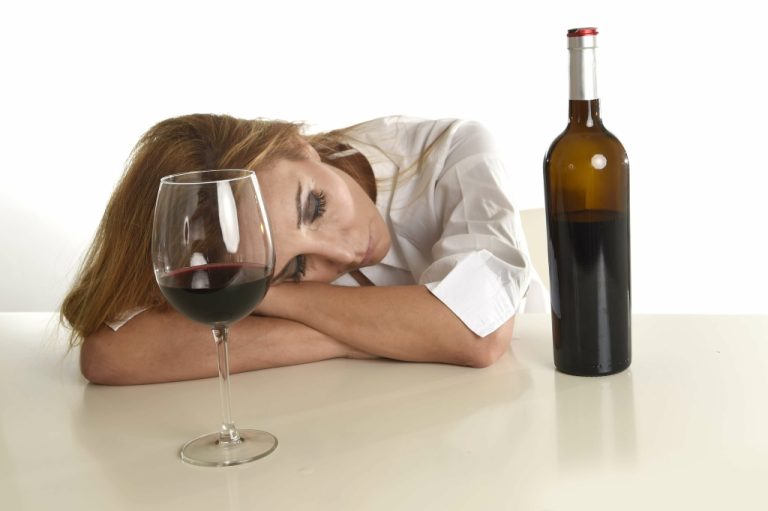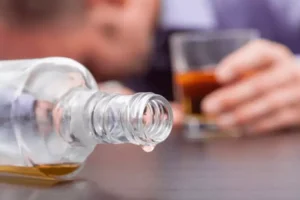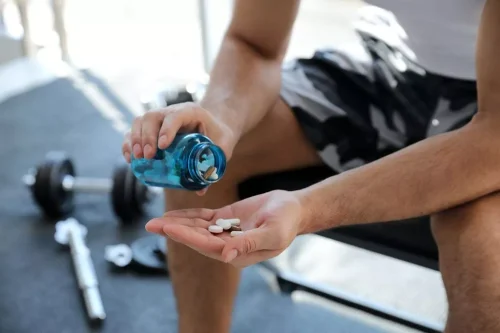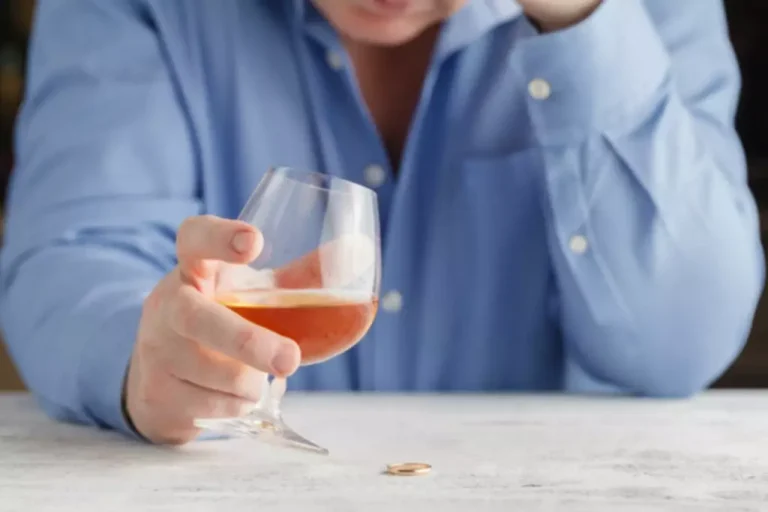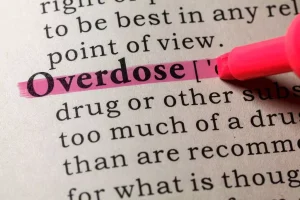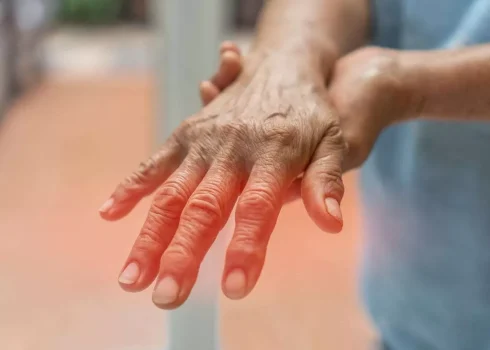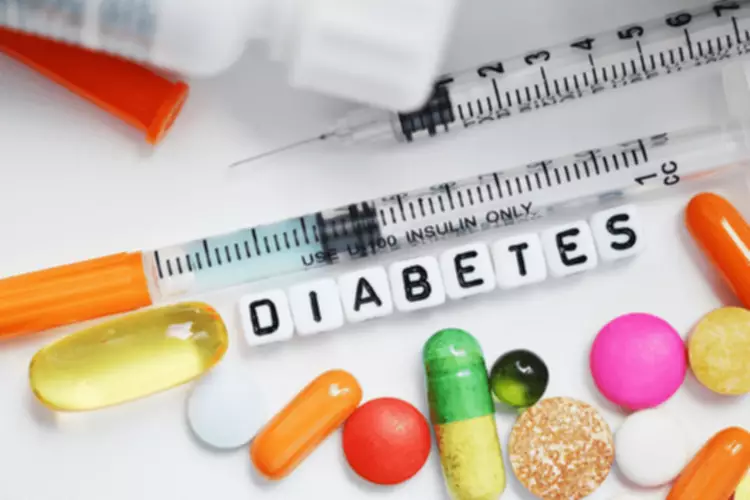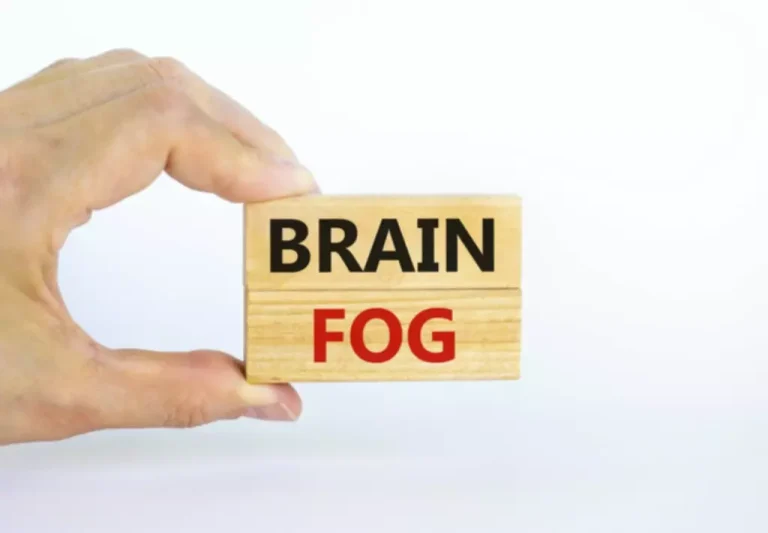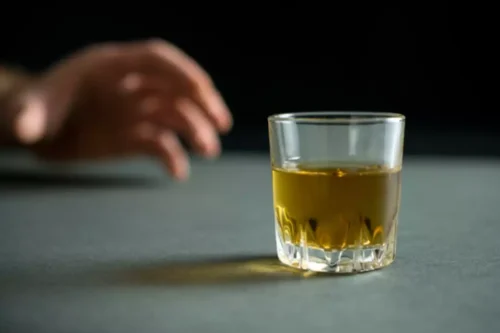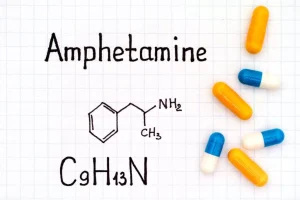Establishing boundaries is a difficult and emotional process, but it is truly what is best for you both. As you’ve experienced first-hand, addiction is a disease that doesn’t just affect the person drinking or using. Your father’s battle against alcohol probably feels like it’s partly your battle too, and you don’t need to fight it on your own. Asking for help is the best thing you can do to support yourself. Children of parents who misuse alcohol are at higher risk for anxiety, depression, and unexplained physical symptoms (internalizing behaviors).
You dont outgrow the effects of an alcoholic family when you leave home
You may need to receive parental permission, but if you speak to your parent, it is possible that the situation could work out for you both. Assert these boundaries with clear communication, whether that’s best done in person, on the phone, or over text. Lay out the reasons for the boundaries, why they are in place to protect your well-being, and that you hope to improve your relationship with him. And while they are not meant to serve as punishment, they may help your alcoholic father realize just what a damaging effect drinking is having on his life and personal relationships. You can’t cure your dad’s alcoholism, but you can support and guide him toward a life of recovery.
- Remarkably, the children learned to differentiate between the effects of low-alcohol beer, strong beer, wine, and liquor by identifying bottles, cans, or labels.
- Being honest can prepare you for communication skills later in life, and your parent may appreciate that you felt comfortable opening up to them about your feelings.
- The effects of growing up in an alcoholic family are varied.
- He had trouble expressing his love, but he’d had no good role models to follow.
Internal and External Behavior Issues
It can be difficult to identify signs of the disease early on. Ignoring it could lead to fractured relationships and complicated family problems. When you hide the truth from others, you are masking the problem instead of fixing it.
Difficulty trusting and being closed off
Once I rid my thoughts of believing that alcoholism defined who I was, there was a shift in my overall being. In high school, I struggled with the idea that I’d become a certain person because alcoholism was in my blood. And while genetics have proven to be a huge factor for addiction, it doesn’t define https://sober-home.org/does-marijuana-kill-brain-cells/ you. It’s easy to set your default emotions to being bitter when life feels “unfair,” but life isn’t about what’s fair. You might feel like you’re being duped because the person you care about isn’t doing what’s obviously right, but getting worked up about these choices won’t affect the other person.
How I Learned to Forgive My Father
It’s not easy having a parent with alcoholism, but know that you are not alone. There is support available and you can heal from the effects of addiction. While your dad’s journey to recovery won’t happen overnight, you don’t have to allow addiction to destroy your life. Parents’ use of alcohol and teens’ lower performance in school have shown an association in research.
While the exact impact of paternal drinking has yet to be teased out, researchers agree on one thing. In general, men consume more alcohol than women, but the gap between men and women is closing. Rates of alcohol-related emergency department visits, hospitalizations, and deaths have increased https://rehabliving.net/methadone-medlineplus-drug-information/ among all adults over the last 20 years. While men still consume more alcohol than women, the increases in alcohol use have been substantially higher for women than men during the same period. If your parent is crossing a boundary or causing you to feel disregarded or upset, let them know.
AUD is a mental health condition that can prove very difficult to manage and overcome. A parent’s alcohol use disorder (AUD) can have a major impact on your mental and emotional well-being — not just in your childhood, but also well into your adulthood. When you grow up in a home with one or more alcoholic parents, the impact of the dysfunction reverberates throughout your life. Because as a child life felt out of control and unpredictable, as an adult you try to control everyone and everything that feels out of control (which is a lot). This leads to controlling behaviors in your relationships.
Remarkably, the children learned to differentiate between the effects of low-alcohol beer, strong beer, wine, and liquor by identifying bottles, cans, or labels. The children also diluted, hid, or poured out the alcohol—another effort at control. All of the children described how they understood—even as young as age five—that their alcohol-dependent mental health and substance abuse health coverage options parent’s behavior changed when they drank, sometimes in conjunction with drugs. A picture of the parent’s “two faces” emerged, contrasting “the sober parent” with “the drunk parent.” This is when he started to tell me more stories about his life, too. He told me that when he was a child, he’d never felt love from either of his parents.
It also limits what we think our capabilities are as an evolving person. You’re constantly wondering why your home life isn’t like others, something you shouldn’t have to focus on as a kid. I thought that I could fix my father — like in the movies, when the character you love is about to die and there’s a dramatic scene right before the bad guy surrenders. Childhood fear and trauma left you in a hyper-vigilant state.
Additionally, there may be a distant or close family that you connect with who could be a resource for you, such as grandparents, aunts and uncles, or adult cousins. These stories gave me insights into my father that I was never able to see through his disease. He’d had a hard life without the love of his parents, but he’d tried to do the right thing. He was disheartened by injustice, but he’d tried to make a difference. He wasn’t a perfect dad growing up, but he tried to make sure we were cared for, in his imperfect way.
You work hard, always trying to prove your worth and make others happy. If youre an adult child of an alcoholic, you feel different and disconnected. You sense thatsomething is wrong, but you don’t know what. It can be a relief torealize that some of yourstruggles are common to ACOAs. There may be very little you can do to help someone with AUD until they are ready to get help, but you can stop letting someone’s drinking problem dominate your thoughts and your life.




